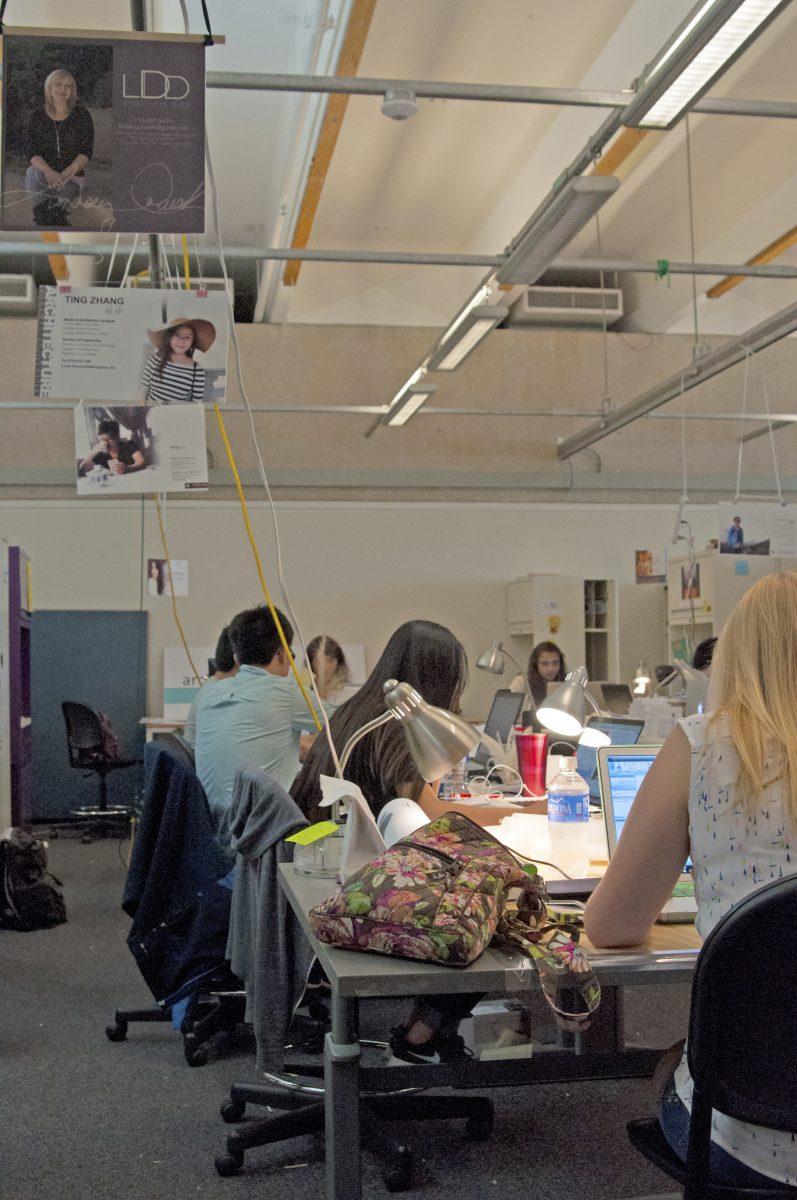Africa has a population of over 1 billion people — a fact that is not lost on the architects and architecture students who will analyze the continent’s unique healthcare challenges in a lecture series this semester.
The College of Architecture is hosting “Africa: Toward Improved Health & Health Facility Design,” a series that will run all semester. Poor infrastructure, sparse insurance and entrenched tribal beliefs are all obstacles Africa faces to meet the healthcare demands of its population, and the lecture series will give students the chance to design environments to tackle these challenges.
Lecture speakers will include CEOs who design hospitals, surgeons, missionaries and architects who will focus on how healthcare can be improved in Africa.
Uwemedimbuk Ekanem, a lecturer from the University of Uyo in Nigeria, and Jason Segner, director of Healing Faith Medical Ministry in Uganda and Class of 2001, spoke last Friday to students and lecture attendees about Africa’s unique healthcare challenges.
“Africa is a very spiritual [continent],” Segner said. “Many people believe that physical sickness is ultimately a representation of spiritual sickness or evil spirits.”
The way many African people apply this belief is often detrimental to their this belief is often detrimental to their health.
“They will stay away from clinics or use homemade herbal medicines,” Ekanem said. “Even in surgery, many people will refuse any medicine that is not herbal, whether or not the herbal medicine is effective.”
Both speakers said education is a crucial part of improving healthcare for African people.
One of the goals of the lecture series is to start a design project that applies information from the lecture series to the real world.
Lindsey Dusek, Class of 2014, said she is a former student from the college of architecture who worked on a similar project three years ago. Dusek worked with a group to design a 400-bed maternal and children’s hospital in Nigeria, which, upon completion, will be the first of its kind in the country.
“It was a part of a fourth-year environmental design project to design a medical city,” Dusek said. “I was a part of the group that designed the children’s hospital.”
A previous lecture series was instrumental in the launching of this project.
“There was a student named Jean Njoroge who was from Africa that came to the lecture series because of an email she saw,” Dusek said.
This sparked a connection with the contact — Dr. Macharia Waruingi. The college has worked with Warungi to design a medical city, along with two hospitals in Akwa Ibom, Nigeria.
“This year Dr. Waruingi has brought us another project, to design a medical city near Nairobi, Kenya,” Mann said.
Zhipeng Lu, A&M architecture professor and lecture series coordinator, said Texas A&M is well placed to engage students on Africa’s healthcare challenges.
“They have lots of resources in Africa, but they don’t have the manpower to build these healthy communities,” Lu said. “Texas A&M has the number one healthcare design program in the world, so we can really help them.”
George Mann, Ronald L. Skaggs FAIA endowed professor of health facilities design, is one of the driving forces behind the lecture series.
“Africa has 1.1 billion people and 54 countries,” Mann said. “It’s a big continent, and healthcare there is a big issue.”
Improving healthcare in Africa is an enormous task for several reasons, but as George Mann said, “A long journey is started by one step and this is our way of making a contribution.”
“Africa: Toward Improved Health & Health Facility Design” lecture series will run every Friday from 11:30 a.m. to 12:20 p.m. in Rm C 105 of the Langford Architecture building.










